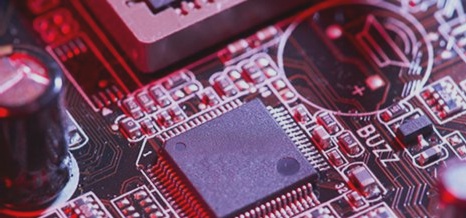Mentor’s Rhines Foresees PCB Industry Restructuring
Mentor Graphics CEO Wally Rhines predicts that as PCB design evolves and becomes more complex, it will challenge existing tools and require significant changes, driven by pressures like manufacturing complexity, FPGA integration, and global collaboration.
Mentor’s Rhines Foresees PCB Industry Restructuring Read More »










